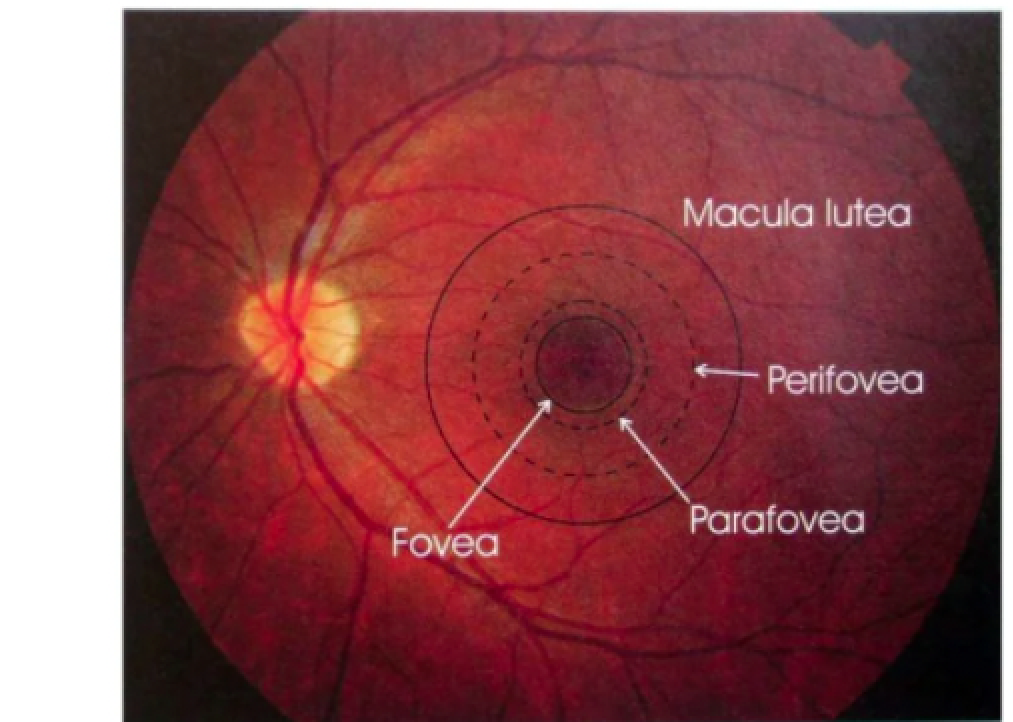The human eye is a wonderful instrument. The really amazing part is that it is not as good as it seems, but that the brain is leveraging it very well.
Some of the key features of the human eye are:
– All readings are relative. The eye is mainly an edge and motion detector.
– It provides high resolution in the center and very low resolution everywhere else.


Yet, out of this relatively poor information the human brain maintains a high quality image, and makes the conscious brain perceive a stable high quality image. The brain achieves this by maintaining a virtual high resolution “image” of the environment.
If, like 5% of the population you have experienced ophthalmic migraines, you might have had the chance to play with this first hand, or should I say first brain. I had two occurrences personally, and after the first one where I plainly panic, I studied the phenomenon and played with it the second time. Those migraines are created by a vaso-constriction prior to a vaso-dilatation. The constriction of the blood vessels reduces the flow of oxygen to some part of the brain and disturbs the visual cortex. The dilatation gives you the headache of your life and comes about 15 minutes into the migraine. All of this was stress induced for me.
Most often this occurs only in half of the brain, giving you the opportunity to compare the half that works, with the half that does not. The first clue that something is wrong is a weird feeling, then you realize you cannot read anymore, but then when you really try you can.
What happens is that the left visual path (for example) is disabled, and the right visual path is working. The integrating part of the brain still works, but only receives valid data from the right path and therefore from the left side of your view field. The brain “makes” up the right side. Every times you move your eyes horizontally to look left, the brain gets the information that it was not receiving from the right brain. If you look straight in front of you, the left half of your vision field is normal, the other half looks normal, but in fact you are blind there. If you move your hand there, you will not see it. You can make object appear and disappear. There is never a “black” part, the scene is always completely coherent.
The first time it happened, I did not understand what was going on, and drove myself to the emergency clinic. It happened that my left side was impaired, and cars would appear on the left lane out of nowhere, really weird.
What does this has to do with our games?
The brain is capable of keeping in your visual image a high resolution image of the environment, it just needs to be refreshed once in while
There is no cheaper hardware acceleration
I already used this in two games: In Soviet Strike and in The Sims.
In Soviet Strike we have small tanks driving up and down the terrain. Each tank was about 15 polygons, which made them of pretty low res. But in the UI every time we had the opportunity we were showing a very high resolution tank. After a while when you were playing the game, it did not feel that those tanks were low resolution anymore.
In the Sims, the characters are very small, and you cannot possible see the features on the faces of the characters, since they are about 5 pixel wide on the screen. But in the UI, every time you click, we show you the Sims’ face about 5 times bigger, so that you can get the high resolution information about the head. This dramatically enhances your perception of resolution of the head of the Sims in the game.
So in general, if you regularly zoom in on key objects in a game, and show higher resolution versions of those objects, the persistence of the vision provided by the brain will make that higher resolution persist even when it is not there and enhance the quality of the image for the user.